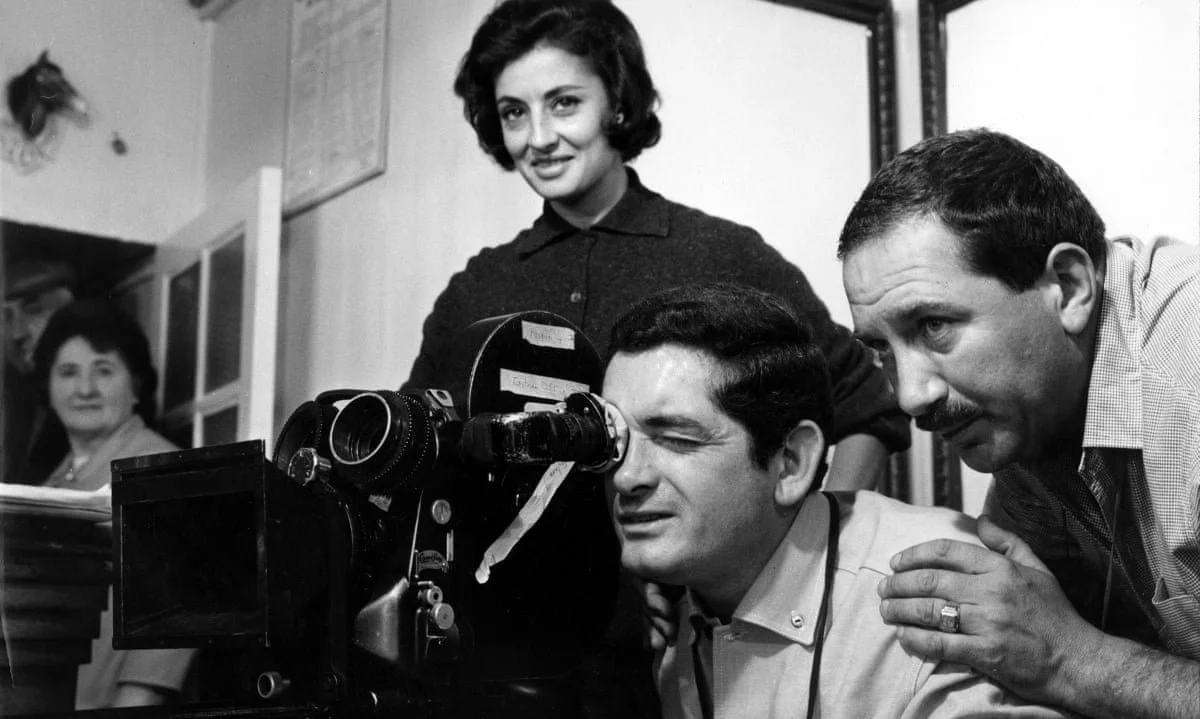JEAN RABIER
(16 March 1927 - 15 February 2016)
The celebrated French cinematographer spent much of his working life with director Claude Chabrol. He was there virtually at the beginning of Chabrol’s career filming Les Godelureaux (Wise Guys) in 1961. With fellow directors Jean-Luc Godard, François Truffaut, Jacques Rivette, Eric Rohmer, Jacques Demy and his wife Agnès Varda and others, Chabrol was the instigator of the term nouvelle vague, the new wave in French cinema, which was more naturalistic and realistic in its approach to filming, much of which was done on location and not in studios. Henri Decae was credited as the cinematographer on Le Beau Serge (1958), Chabrol’s first film, the one that began the nouvelle vague, but it found Rabier as the camera operator, as he was for Chabrol’s next three films before Wise Guys. He stayed with Chabrol for most of his working life until he retired in 1991 at 64, following Chabrol’s Madame Bovary. He did excellent work with other directors too, as camera operator for Louis Malle on Lift to the Scaffold, for Truffaut on Les 400 Coups and for René Clement on Plein Soleil. He was the cinematographer for Demy’s Bay of Angels and The Umbrellas of Cherbourg and with Varda on Cleo de 5 à 7 and Le Bonheur. One of his most memorable contributions to the Chabrol canon was Le Boucher, a grisly thriller about a murderer that was shot mostly in bright sunshine that gave the film a feeling of goodness nestling among the tragedy. His Bay of Angels was in brilliant black and white that evoked the surface glamour of the Nice casinos, while The Umbrellas of Cherbourg used colour in a revolutionary way to evoke different emotions. Half of Rabier’s 70-odd films were made with Chabrol, leaving a legacy for French cinema that may never be equalled.
MICHAEL DARVELL

